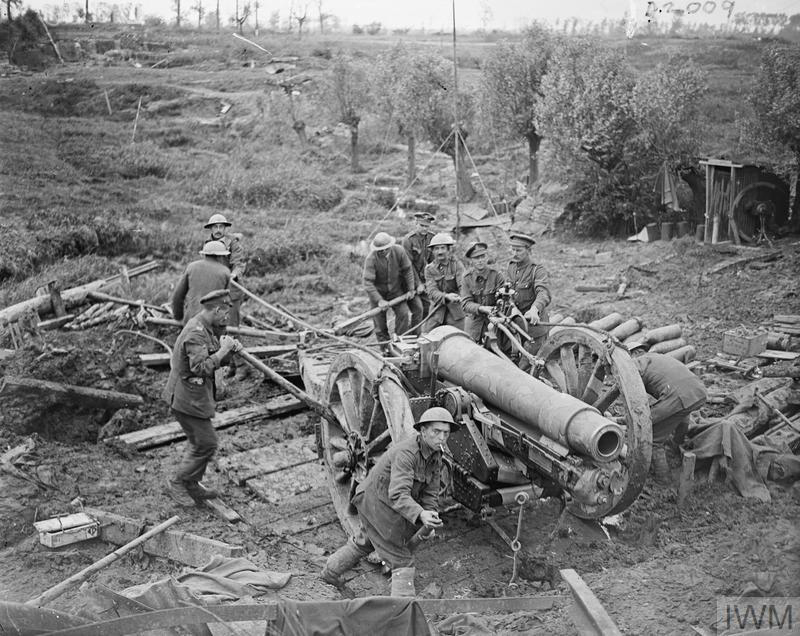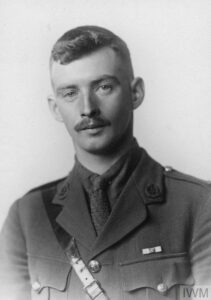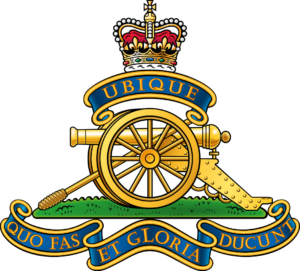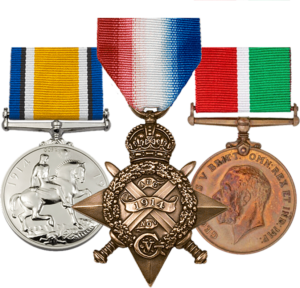Clifford became an officer in the army, likely before the outbreak of war in 1914, by which time he was already a Lieutenant. He served with the 1/1st North Midland Brigade of the Royal Field Artillery, which later became the 230th Brigade, and was part of the 46th (North Midland) Division.
Arrival on the Western Front
The Brigade travelled from Southampton to Le Harve at the beginning of March 1915, coinciding with the date that Clifford’s service with the BEF began. They made their way to a position north of Le Doulieu, about 20 miles west of Lille, and by the end of the month had set to work bombarding the enemy. They moved to Neuve Eglise at the start of April and remained there for the next three months, bombarding the German trenches on almost a daily basis.
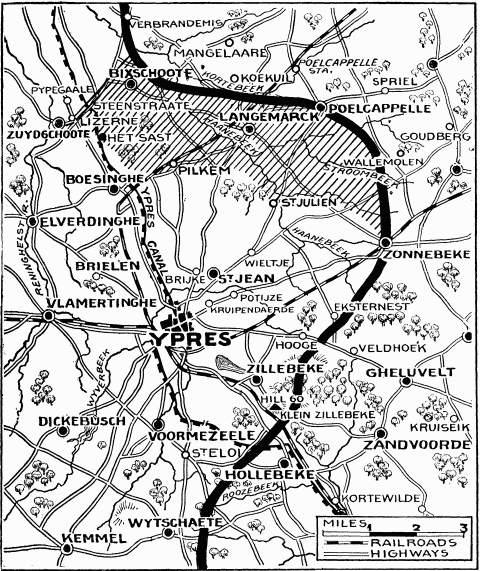
At the beginning of July, they were pulled out and moved to the Ypres Salient where until the end of September they were heavily involved in supporting infantry operations in the areas near Poperinghe and Zillebeke. This time they often received fire in return – sometimes including the use of gas – suffering many casualties. Clifford is mentioned in the war diary on one such occasion on 17 September:
Sept 17th. 5.30pm-6.30pm. The 3rd Lincs Battery was shelled. Capt Wavid and 3 men being wounded. Lieut Morris of 2nd Battery took over command at 8.45pm.
The 3rd Battery was heavily shelled again the next day with several more men wounded.
In early October the Brigade moved about 30 miles southwest to Labeuvriere to receive training on the new modern 18-pounder field guns with which they would now be equipped. They then moved into the line and supported operations around Vieille-Chapelle and La Couture before being withdrawn into reserve in December.
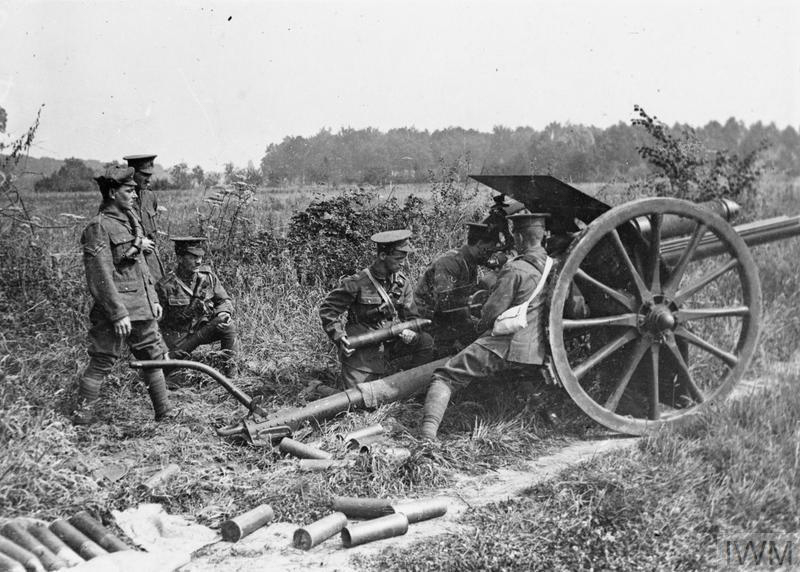
Award of the Military Cross
1916 began with the Brigade moving about 55 miles south to the Amiens sector, where they remained in reserve at Cocquerel and Le Meillard until the beginning of March. Clifford however, had been awarded the Military Cross on 14 January 1916 in recognition of “an act or acts of exemplary gallantry during active operations against the enemy on land”. He thereafter travelled to London, where on 4 March he was presented with his decoration by HM King George V at Buckingham Palace.
The Brigade once again went to the front on 14 March, taking up positions near Neuville-Saint-Vaast – just to the south of Lens – where they worked in support of the infantry until withdrawn at the end of the month. After a week in reserve, where they trained, marched, and played football, the Brigade moved back into the line in new positions at Grincourt and Sailly-au-Bois ahead of the forthcoming Somme offensive.
The Somme Offensive
On 12 May the unit was renamed the 230th Brigade and the batteries given letters. On the 23rd, Lieutenant Clifford’s ‘D’ Battery left to join the 233rd Brigade and became its ‘A’ Battery. It appears that he spent a short spell in hospital at this point, returning to the unit on 10 June. They went back into the line a few days later, although the war diary simply reports their positions as ‘in the field’ but is believed to be in the area around Arras. They bombarded German positions on almost a daily basis until the end of August, which was a mix of general harassing fire, bombarding specific positions, and sometimes ‘special bombardments’ to support infantry raids or using gas.
Clifford was sent to the Divisional Artillery School on 22 August as an instructor and promoted to Captain. While he was gone there was another reorganisation and the 233rd Brigade was broken and disbanded on the 29th. ‘A’ Battery returned to the 230th Brigade, with the men being split between A and B batteries. They were still located at Sailly-au-Bois and Bailleulmont to the north of the Somme. For the next three months they were kept very busy until withdrawn into reserve at the beginning of December.
They went back into the line at nearby Souastre on the 21st, with a particular focus on silencing enemy trench mortars. The final week of March was spent moving the 50 miles north to Quernes and then on to Bellerive for a period of rest and training. On the march a Lieutenant was accidently killed by a kick from a horse, and it is noted in the war diary that Clifford – now a Major – attended the funeral. During this period, it is also noted that he gave a lecture on map-reading to the men.
The Brigade moved back into the line around Maroc near Lens on 25 April 1917 and immediately got involved in supporting infantry operations – but often received heavy fire in return with many casualties. It is notable that many of the targets were now being directed by aircraft as air-to-ground communications improved. They remained here throughout the summer, with August beginning with a particularly heavy exchange of fire. Clifford was wounded in the left arm on 6 August by German shelling.
Winning a second Military Cross
The Brigade was heavily involved in supporting the Canadian Corps as they attacked Hill 70 between 15-25 August. During this, the war diary records that Clifford was awarded a bar to his Military Cross (i.e. a second award). This was for conspicuous gallantry and devotion to duty on two separate occasions on the same day. By now an Acting Major, during heavy hostile shelling of his battery he organised a party and made a very gallant attempt to rescue a buried officer, working for three-quarters of an hour under continuous heavy fire. Later when a gun pit had been set on fire by a direct hit, he and three men got the flames under control although ammunition was exploding round them all the time.
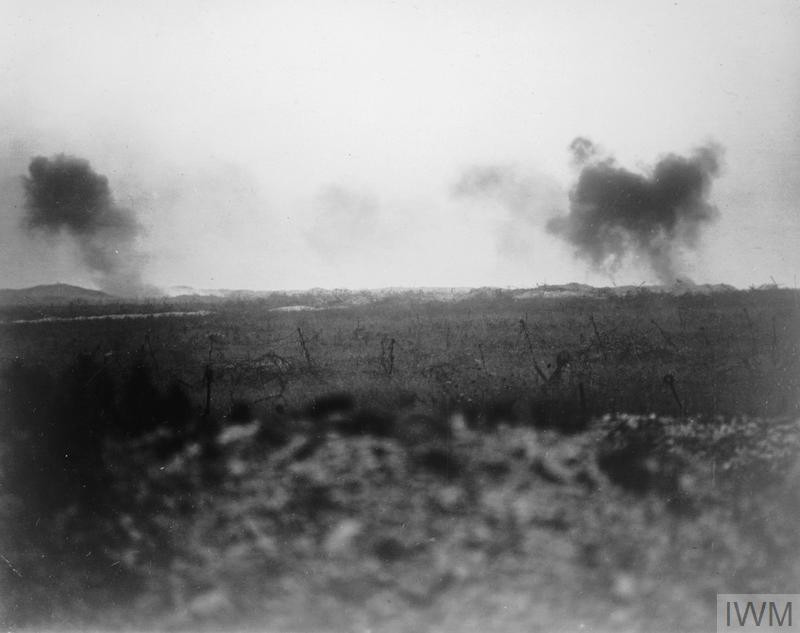
This was followed by a relatively quiet five-month spell in the area around Philosophe. The entire month of February 1918 was spent resting and training, before they went back into the line in the same sector, moving between positions around Béthune between March and July. In early August the Brigade began to support the Allied offensive – harassing the German troops as they withdrew and supporting the advancing infantry. By early September the Germans had withdrawn out of range and the Brigade was moved about 70 miles south to Ronssoy, between Arras and Saint-Quentin, where they began to bombard positions on the Hindenburg line. As the advance quickened, the Brigade became more mobile and followed the infantry with some heavy fighting during the final weeks of the war. They fired their final shots on 9 November while positioned at Sains-du-Nord.
Note – there is no further mention of Clifford in the war diary of the 230th, which is a little unusual given that the demobilisation of all the other officers is noted.
Units
- 1/1st North Midland Brigade, Royal Field Artillery (1914-1916)
- 230th Brigade, Royal Field Artillery (1916-1918)
Medals





